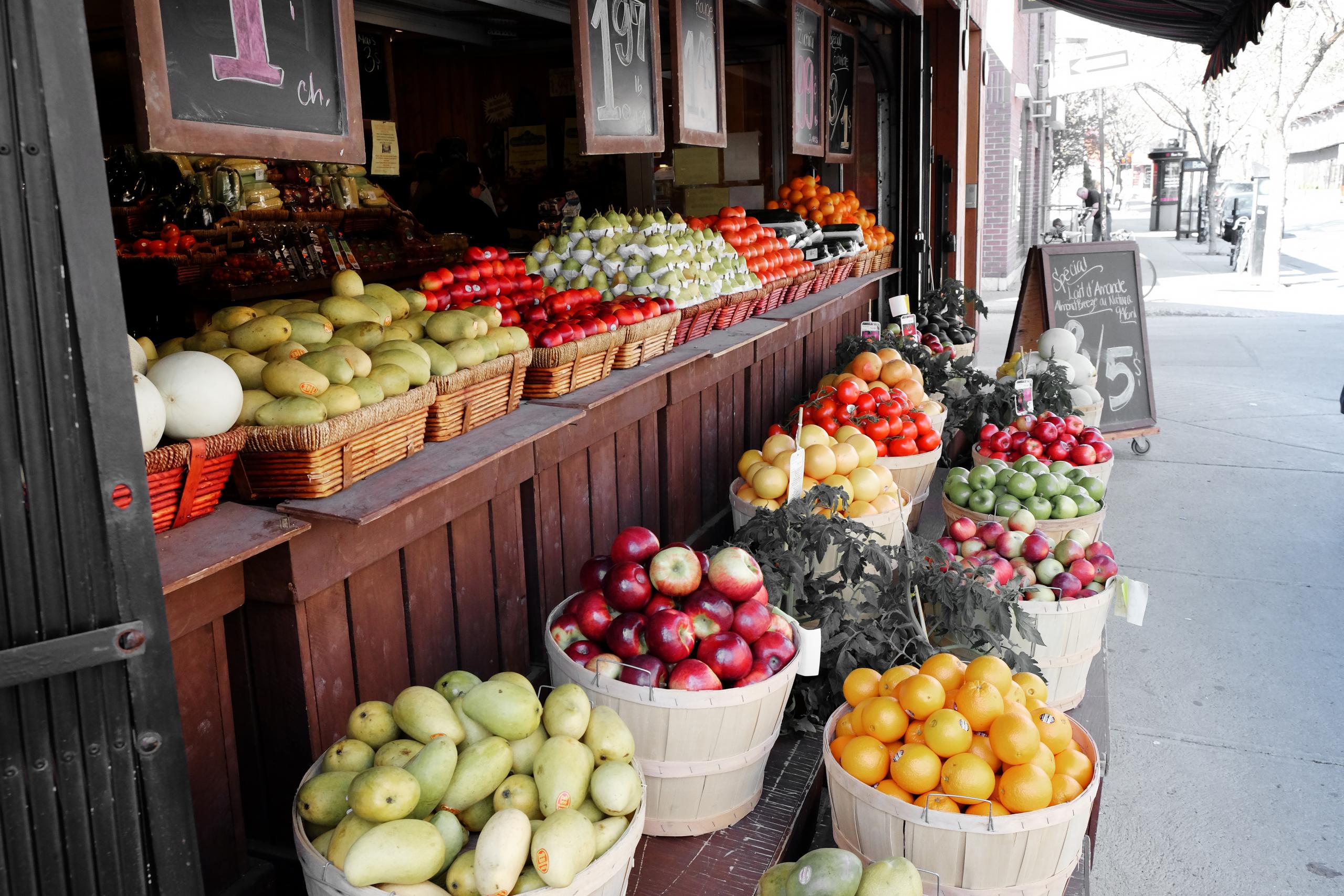
All you need to know
about fruit based spirits
in a nutshell
Fruit brandy or fruit spirit is a distilled beverage produced from mash, juice, wine or residues of edible fruits. Fruit brandy, like rum and tequila, is an agricultural spirit. But unlike grain spirits such as whisky, vodka, and gin, which are made throughout the year from grain that can be harvested and stored, fruit brandies are dependent on the seasons, the ripening of the base material, or the production of the wine from which it is made. It is fragile and versatile.
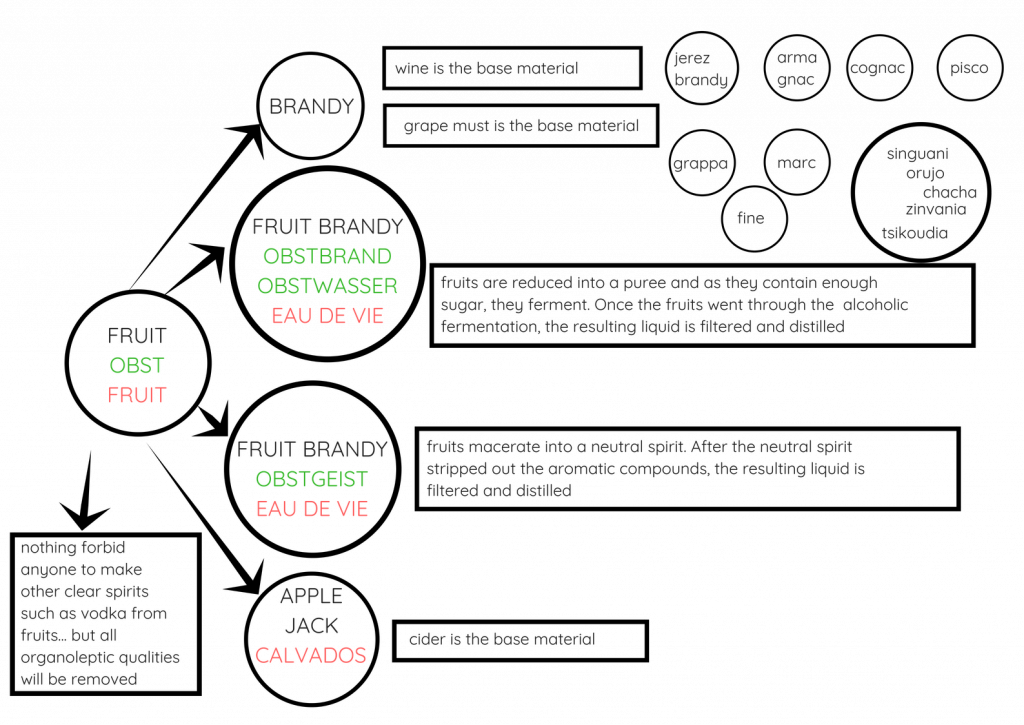
The regulations
Fruit distillate has a EU definition (see below) but according to country you do have variations.In the UK, for instance, fruit brandy may also mean a liqueur in which fruit have macerated.
In Germany and the GSA (German – Switzerland – Austria) there are distinction according to the distillate style hence the coexistence of different terms such as Obstgeist or Obstbrand or Obstwasser and even Eau-de-Vie.
Eau-de-vie de… ou Obstbrand
It is a spirit with a minimum alcohol content of 37.5%. It can only be obtained by alcoholic fermentation and distillation of the fresh fruit or fresh must of this fruit.
BrandBrand is a distillate obtained from fermented, sugar-containing mash while retaining its peculiar aroma. During the fermentation process, at least 100 kg of fruit must be added to a maximum of 20 litres of alcohol. The alcohol content is at least 37.5% vol.To put it simply: If the starting material contains little fructose (like soft fruit), it is usually first soaked in alcohol and then distilled into a spirit. If, on the other hand, it has a lot of fructose (like stone fruit), it is fermented and then distilled.
Obst spirituosen or spiritueux de fruit
According to EU : At least 5 kg of fruit per 20 litres of alcohol are required for mashing. No fruit may be displayed on the label. The use of flavourings is permitted. Alcohol content at least 25% vol.
Wasser
It is synonym for eau-de-vie. Regionally however, this word is used for stone fruit spirits.
Austrian fruit brandies
A fruit brandy in Austria is obtained exclusively from fermented, distilled fruits and must not be flavoured. The alcohol content is at least 37.5% vol.
Obtsler
An Obtsler is an eau-de-vie made from two or more species or varieties of fruit distilled together.
GeistThe word is used to design an eau-de vie made with whole fruits whose sugar content is too low for fermentation and for that reason, are macerated in alcohol and then distilled in the latter.The EU definition : the fruit is macerated in neutral alcohol of agricultural origin and then distilled. The smell and taste of the raw material must be recognisable. Neutral alcohol can be added to the distillation before bottling.
The geography of Eaux-de-Vie
Fruit distillates or fruit based spirits is one of the most ancient and large family of spirits. The oldest tradition for this kind of spirit is to be found from east of France to Central Europe, crossing Switzerland, Germany, Austria all the way to Hungary.
The history of Eaux-de-Vie
Fruit spirits are the answers to the question was: what do we do with all the fruit leftover as you can eat all your apples in one go and no way you let them go bad? Let’s distill them !Fruit spirits also spread, from the 14th century, in many European monasteries and convents where they were used for medical purposes.
The regulations around Eaux-de-Vie
In the United States, a “fruit brandy” is distilled “solely from the fermented juice or mash of whole, sound, ripe fruit, or from standard grape, citrus, or other fruit wine, with or without the addition of not more than 20 percent by weight of the pomace of such juice or wine, or 30 percent by volume of the lees of such wine, or both.”
Whereas in the European Union, fruit brandies may not be labeled as “fruit brandy”; instead, the legal English denomination is fruit spirit, which is “produced exclusively by the alcoholic fermentation and distillation of fleshy fruit or must of such fruit, berries or vegetables, with or without stones”.
Many European fruit brandies have a protected designation of origin, and are labeled under their respective protected names. Some fruit spirits may be labeled with alternative names such as kirsch (cherry spirit) or slivovitz (plum spirit) regardless their country of origin.
How are Eaux-de-Vie made?
The ingredients of Eaux-de-Vie
Fruits!
Clean and healthy and perfectly ripe fruits.A lot !You need 14 kg of pears for one bottle of William’s pear brandy.Depending is the fruit has a stone or is soft, different techniques apply when it goes to fermentation
Conversion and maceration techniques in Eaux-de-Vie making
Depending on the fruit to be distilled, the distiller uses either fermentation or maceration.This difference in treatment is explained by the initial sugar content of the fruit.
Soft fruits
They often have a lower sugar level and for that reason are more often fermented in neutral alcohol. Some soft fruits can be fermented but very low yield. fine tuning as the big producers are also using this techniques, whatever the fruit type for quick easy non qualitative result. More for an idea of taste than exploring the essence of fruit. For raspberries, blueberries and wild berries, the low sugar content requires the use of the maceration technique.
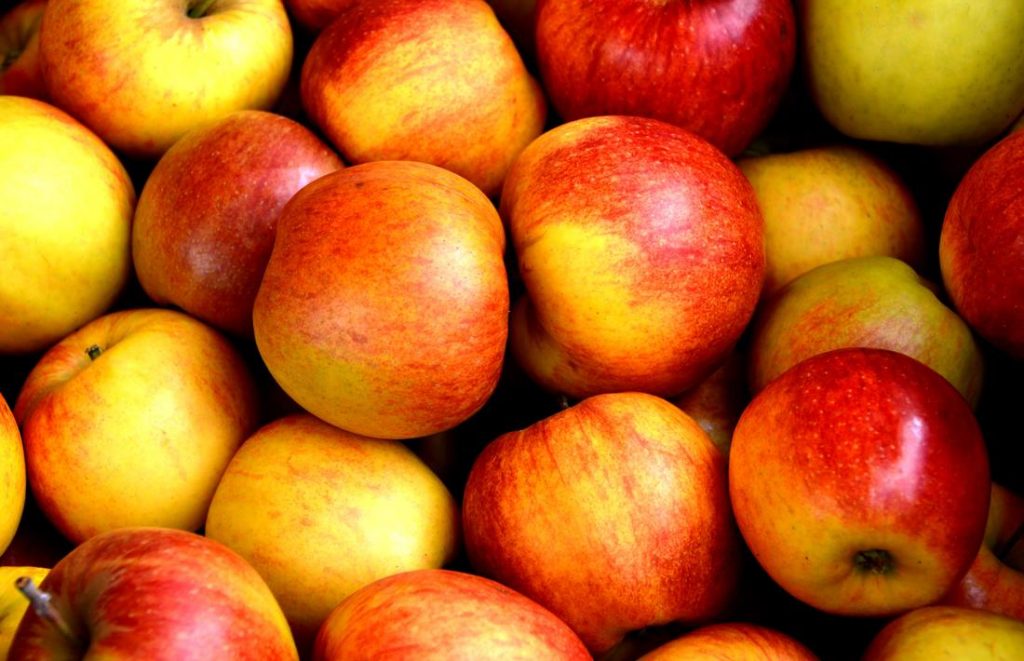
How does maceration work:
The berries must macerate in wine brandy and/or fine alcohol. Indeed, raspberries and other wild berries do not have the necessary sugar concentration and fermentation would not produce enough alcohol. The maceration will be done in the proportion of 40 litres of eau-de-vie at 50 degrees per 100 kilograms of fruit. Slowly, the natural aromas of the fruit will bind to the brandy before being extracted by distillation. The list of fruits for which maceration is permitted, is limited by regulation, in the EU. Sometimes the maceration happens in the boiler of the still itself.
Stone fruits
They often have a higher sugar level, and for that reason often fermented in fruit wines before being distilled. The producer can choose to crush the stones along, crushing the stone add bitterness to the final alcohol. Removing the pit endanger the integrity of the fruit and his taste. Stone fruits such as cherries, different categories of plums and pears ferment naturally under the action of the yeasts they contain.
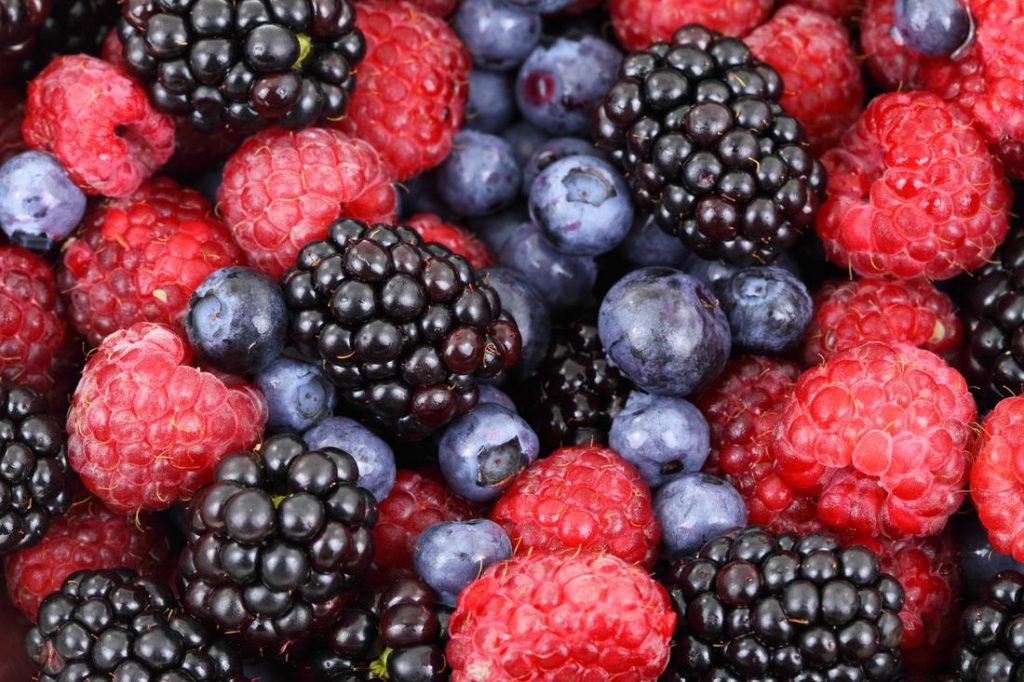
How does fermentation work:
The juicy and sweet fruits are put into barrels or vats. Under the action of their own weight, they very quickly form a thick and sweet must in which fermentation starts, after 24 or 48 hours, under the action of natural fruit yeasts. This fermentation continues for about ten days, slows down, then stops definitively after six weeks. All the sugar is then transformed into alcohol. The barrels and vats are then sealed pending distillation which will allow the extraction of the eau-de-vie.
The distillation of Eaux-de-Vie
All methods are used from continuous to discontinuous, sometimes two pot still and sometimes vacuum. As for grappa making double walled still is also in used to protect the fruit and prevent burning (when the fruit macerate in the still before distillation )Low temperature often favors as helps retaining aromatics, fruit distillates often collected at high strength to keep aromatics and avoid excess of methanol (which can occur especially if the fruits are not perfectly healthy)
Maturation and ageing by Eaux-de-Vie
Not often aged. But technique are used to soften or round the spirits, as indeed stone fruit spirits are high in terpene are store in jars or stainless steel to help rounding the edges.
Fruit spirits do not usually age in wood (except for old plums), as they must keep their fruitiness, freshness and transparency.
The styles of Eaux-de-Vie according to fruits
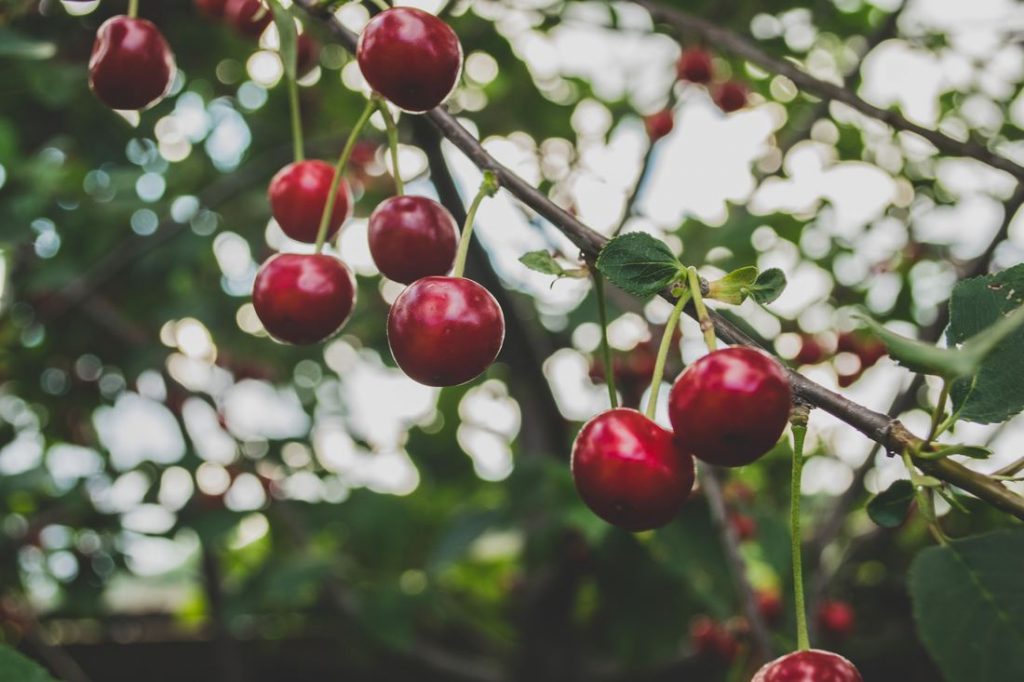
CHERRY
Cherries (Kirch) are also stone fruits (see below) but are treated differently. When sweet or acidic cherries are crushed without stems and with few pits, the almond aromas disappear in favour of the primary cherry aromas. The dark cherries give the most complex brandies.Some Kirchwasser like the one produced in the Black Forrest in south of Germany have their own IGP. They are no sweetened and produced only with cherry from the region.

QUINCE
After harvesting the quince must be ripened to strengthen the aromas.Before the hard fruit is crushed, it is also necessary to remove the hairy skin that contains an oil that can rancid.Quince puree is very dry, and either water or quince juice must be added to the must.The quinces are also extremely tannic and lacking in sugar.With 100 kg of fruit, only 3 to 4 litres of brandy can be obtained.
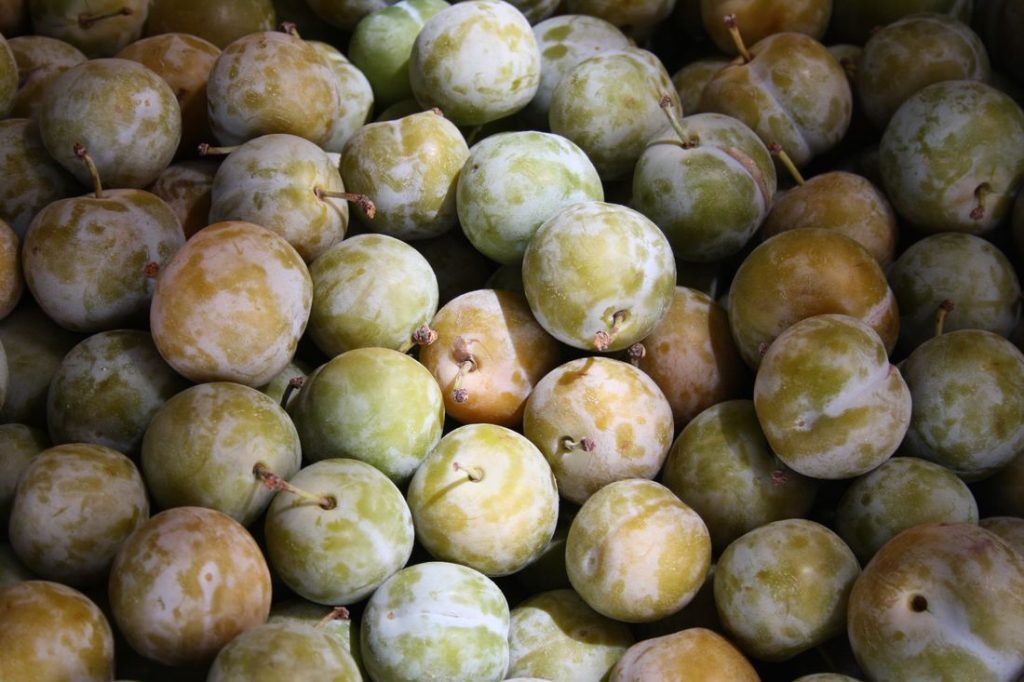
STONE FRUITS
All stone fruit species require a lot of expertise because there should not be broken stones during grinding. Why? Because the pit/stones contain unwanted cyanhidric acid (especially in apricots). The intact pits give almond aromas on the other hand….Stone fruits brandies are often age up to ten years in inert glass vessels.

PEAR
Another fruit whose aromas are difficult to master.!The aromas appear about 10 days after maturation but as soon as you smell them, they are gone. The must must therefore be left at a maximum temperature of 17 degrees Celsius. Cold fermentation is the rule. Due to the low acidity of the fruit, it is sometimes necessary to acidify the must. The sugar content of fruits being low, the alcohol content also.And finally the distillation must be done gradually, if the heating of the must is too fast it tends to foam and if the foam starts to rise along the neck, the aromas will be lost. Pear brandies are often slightly aged.
Fruits spirits according to the country
Slibovitz
This is a plum based Eau-de-vie from the Balkan. 70% of the plums harvested in Serbia become Slibovitz…
Palinka
Pálinka is a traditional double distilled eau-de-vie produced mainly in Hungary,The country is divided into regions each with a specialty fruits. Barak Palinka for example are apricots made at the east of Hungary (border with Austria). In addition to the fact that fruits must come from Hungary and processed entirely in Hungary, the rules also demand that preserved (dried) fruits or concentrates must not be used.
Pálinka can be made from plums (szilva), apples (alma), pears (körte), apricots (barack), quince, apple or pear (birsalma and birskörte) or cherries (cseresznye). There are specialties, like “ágyas”, which are obtained with the maceration with the fruit or ópálinka (ó meaning old), which is aged for a longer time (one to two years).
There is also the so called “kisüstipálinka”, which designates a pálinka that has been distilled in a small pot still, at least two times and which usually produces “rougher” or more characterful products.
Every region is associated with a specific fruit.
Rakia
Rakia or rakija (Albanian: raki, Bulgarian: ракия; Cyrillic Serbian: ракија; Romanian: rachiu; Croatian, Slovenian, Latin Serbian and Bosnian: rakija) is a brandy obtained from the distillation of fermented fruit juices, very popular throughout the Balkans and also a national alcohol in Bulgaria, Serbia, Slovenia, Bosnia-Herzegovina, Croatia, the Republic of Macedonia, Albania and Montenegro.The name probably originates from the Turkish word rakı, designating the distilled alcohols (and particularly the rakı).
Tsuika
This is a plum based Eau-de-vie from Romania. This spirit at 45 degrees is made from a variety of plum grown solely for this purpose. After a long fermentation, the must is distilled twice in copper stills over open fire, wood or charcoal, and the distillate then ages from a few months to 10 years. Tsuika is recognised by the EU and has its own PGI.
– RESOURCES/SOURCES
Wikipedia articles on the subject (if you can read German and French, then read the versions in those languages as they are way more precise in describing the processes and styles than the english version)
– Alcools, by André Hominé
– Drunken Botanist, by Amy Stewart
– Schnaps Brennen als Hobby, by Battina Malle and Helge Schmikl

